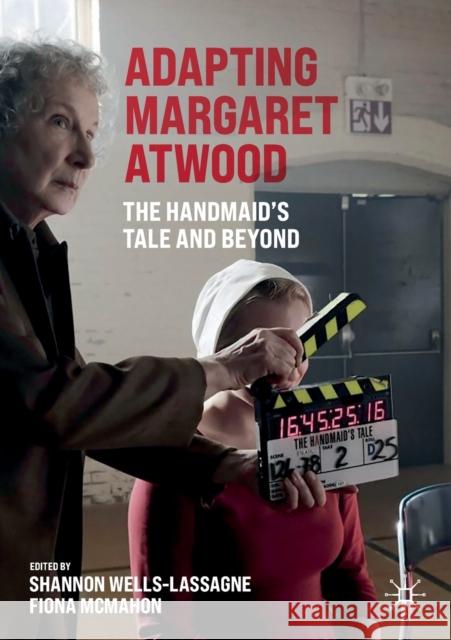Adapting Margaret Atwood: The Handmaid's Tale and Beyond » książka
topmenu
Adapting Margaret Atwood: The Handmaid's Tale and Beyond
ISBN-13: 9783030736859 / Angielski / Miękka / 2021 / 259 str.
Kategorie:
Kategorie BISAC:
Wydawca:
Springer Nature Switzerland AG
Seria wydawnicza:
Język:
Angielski
ISBN-13:
9783030736859
Rok wydania:
2021
Wydanie:
2021
Numer serii:
000793602
Ilość stron:
259
Waga:
0.34 kg
Wymiary:
21.01 x 14.81 x 1.5
Oprawa:
Miękka
Wolumenów:
01
Dodatkowe informacje:
Wydanie ilustrowane











